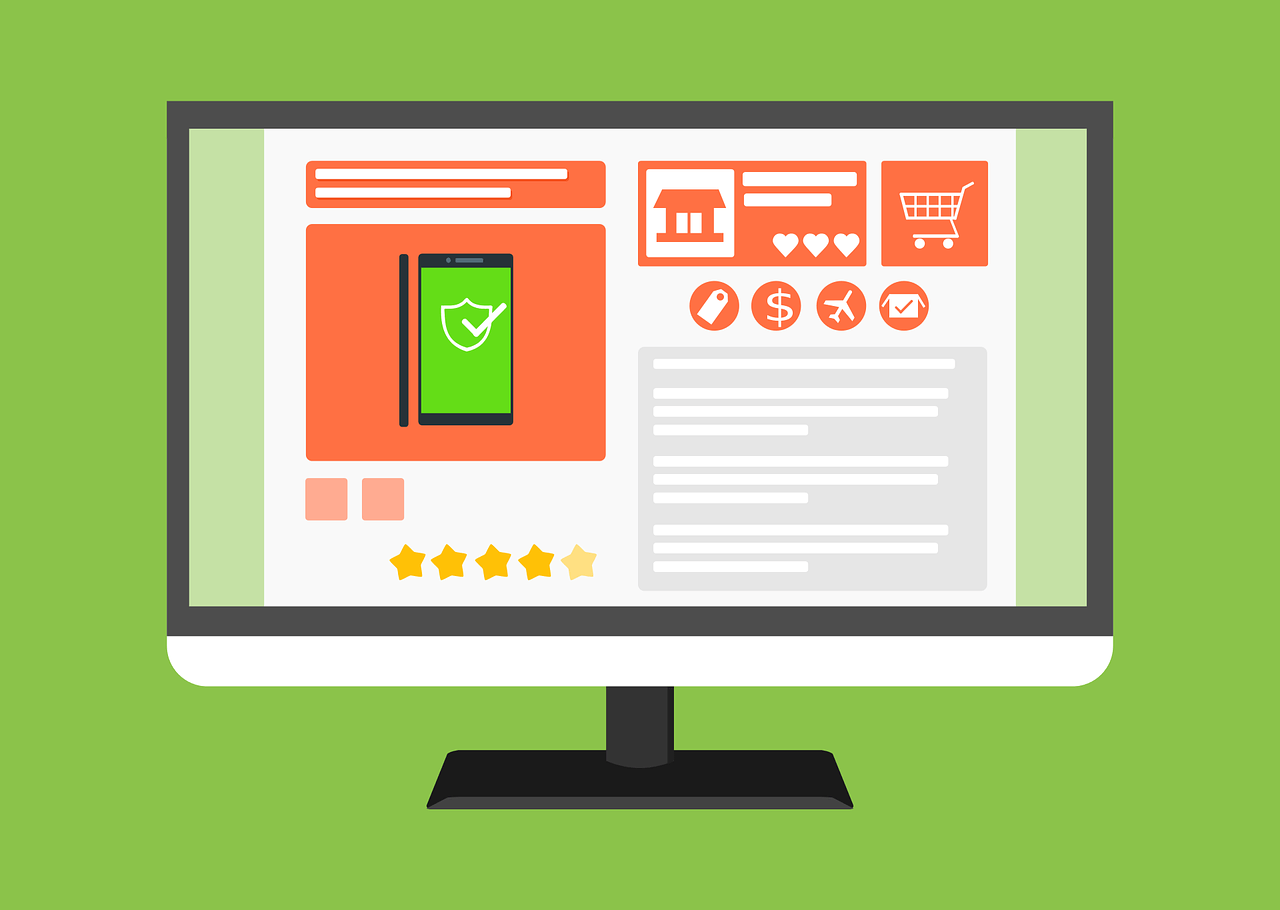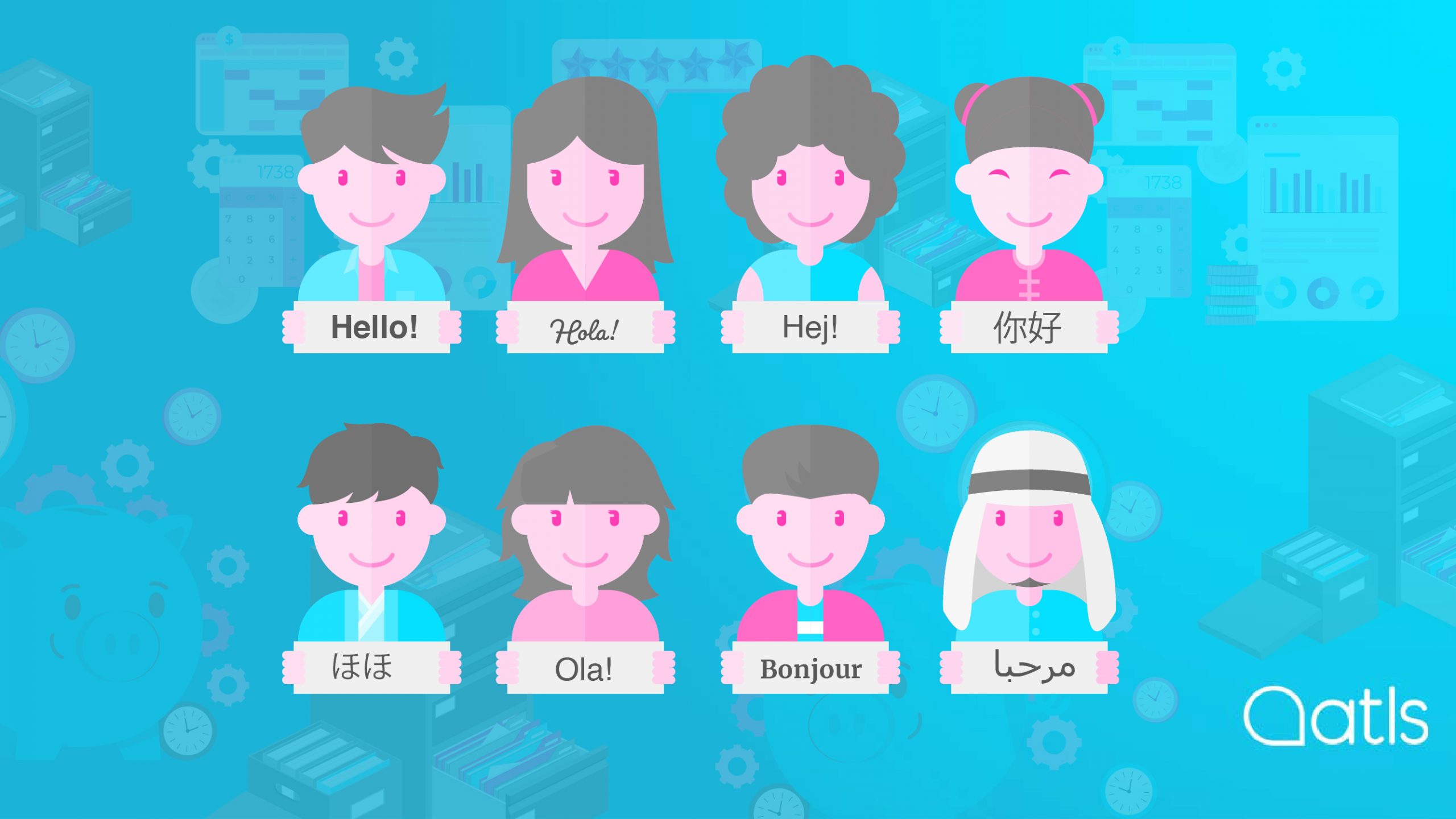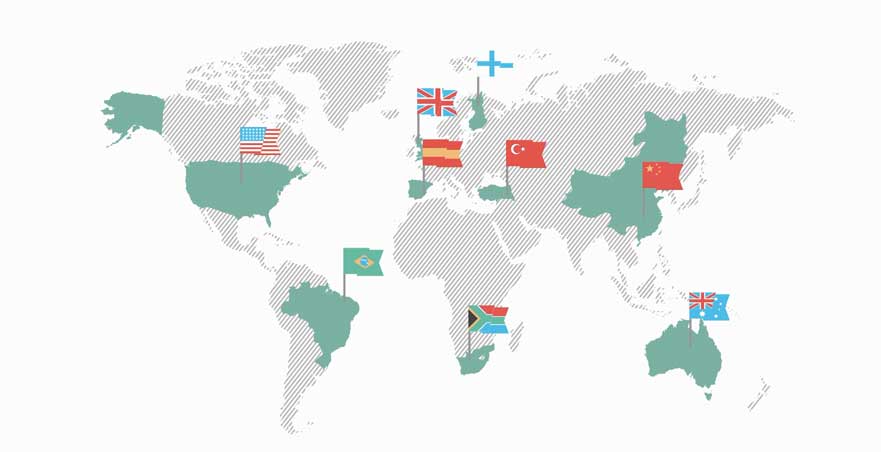5 e-commerce trends for 2018

The expansion of e-commerce in Spain is unstoppable and for this reason it is essential to be up-to-date with the latest trends in the sector. Here are the biggest e-commerce trends for 2018. Take note!
Geolocation
Geolocation is one of the main e-commerce trends and it is used for locating customers. It enables companies to personalise user experience according to the country they live in and the language configured on their web browser.
Thanks to their IP, you can also calculate shipping rates based on their location and forward this information to the customer, this way avoiding surprises.
Towards one-click
Online stores need to improve customer experience during the purchasing process and making this quick and easy helps to ensure a pleasant online shopping experience. According to the eShopper Barometer report by DPDgroup, in 2015, 4.7 steps were required to complete a purchase. In 2017, the average online purchase required only 2.7 steps and this trend seems likely to continue.
The report also analysed the information shown to customers during the purchasing process and it concludes that companies are adapting their purchasing process to this trend in the reduction of the process. The report reveals that 88% of companies include the additional shipping costs or other charges directly in the shopping cart and that 66% also include the option of entering a discount code.
Big Data and analysis
The large volume of data generated permits companies to create much more detailed profiles of the users who log in to their websites. Thanks to the information collected on past user behaviour, shopping experiences can be personalised according to products or categories they have visited, the products they have added to their shopping cart or those they have shared on their social networks, for example.
Thanks to Big Data, marketing actions can be planned to target users who have not visited a website but who are interested in the products it offers. These new users can be offered discounts or shown attractive display advertising to encourage them to enter the online store.
Messaging applications and chatbots
A chatbot is a computer programme designed to convincingly simulate how a human would behave as a conversational partner and are used for various practical purposes including customer service. This solution is becoming increasingly more popular with companies. Chatbots are seen as a way to improve customer service, because they are active 24 hours a day and 7 days a week, and they reduce the work load of the customer service department.
Chatbots help to create a closer relationship between company and customer. Thanks to their inbuilt artificial intelligence systems, they are capable of learning customers' tastes and preferences with a view to personalising marketing actions, such as suggesting purchases and sending special discounts to each user.
Responsive Website Design
Today, adapting a website design to mobile phones is a must, because 6 out of 10 Spanish consumers use their phone to shop. In fact, online shopping is now no longer associated to sitting in front of a computer as Smartphone shopping is redefining consumer trends. In our post “How do Spanish users behave online?” we discuss this in more detail.
Companies are already realising this and the statistics prove it: 84% of websites are responsive and this figure is expected to increase during this year.
If you have an e-commerce and you aim to capture and build loyalty through your website, you should take these trends into account. Can you think of any more? Remember that ATLS will localise your e-commerce, and will always take into account the requirements of your online store.




